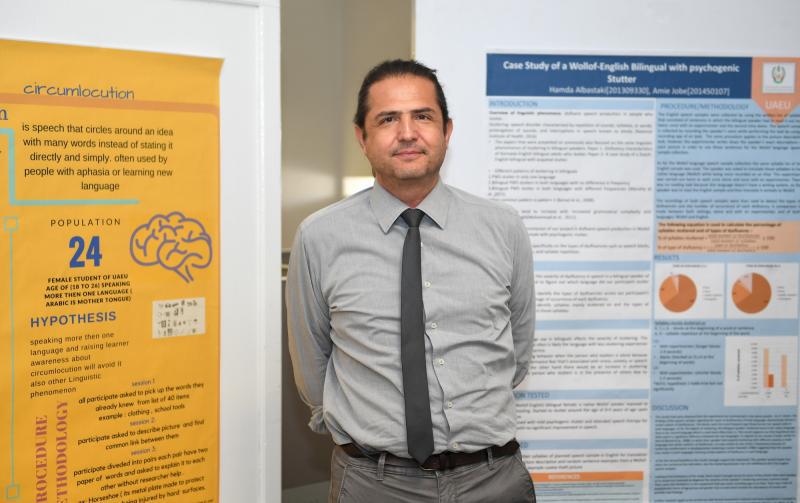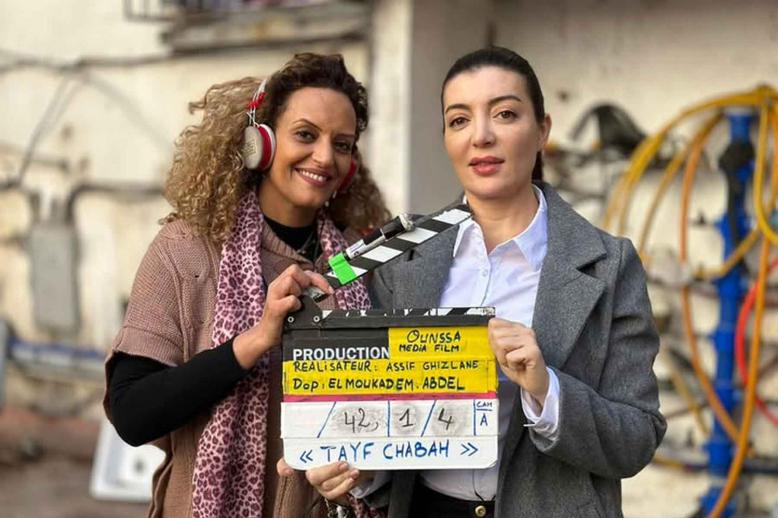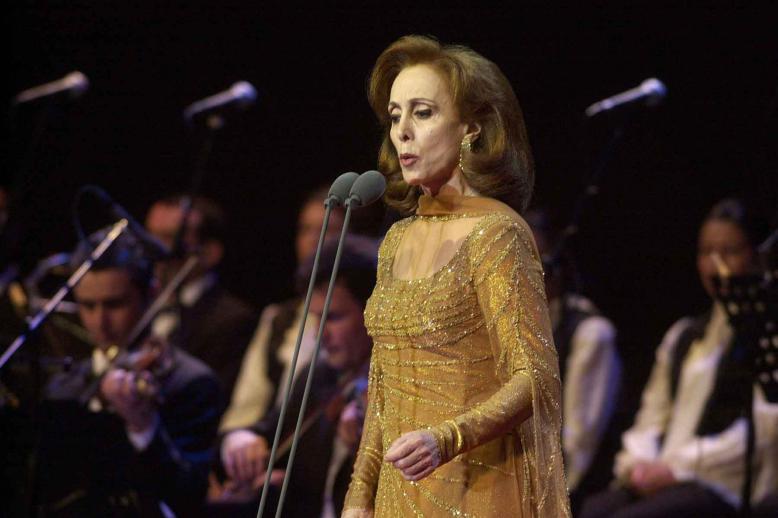Research on Emirati dialect to help children in need of speech-language therapy
ABU DHABI - Language disorders in Emirati children can be detected early because of a new project undertaken by researchers at the United Arab Emirates University in Al Ain. The university’s Department of Linguistics has mapped out the Emirati dialect in a database.
The research entails information that could benefit researchers around the world. Emirati Arabic is one of the few dialects that have yet to be studied in depth in early childhood.
Six young Emirati children speaking with caregivers at home formed the bulk of the groundbreaking research, which was compiled in a database called the Emirati Arabic Language Acquisition Corpus (EMALAC).
Dimitrios Ntelitheos, an associate professor at the Department of Linguistics at the university, spoke of the importance of such a compilation considering the lack of Emirati specialists, speech therapists and language disorder experts in the UAE.
“There are only about two or three, to my knowledge, who have graduated and they’re from our department,” he said.
“As far as I know, the Health Authority of Abu Dhabi licensed only about two or three Emiratis working in this sector, so those who work in this field in the UAE come from other Arab countries, such as Jordan, Egypt and Syria.”
To rectify the situation, Ntelitheos’s department proposed a degree programme in communication sciences and disorders. It would be the first of its kind in the country, with an aim of compiling research from the EMALAC project to include in the curriculum and develop tests for teaching children and adults in language delay.
The project is timely, as no database had existed on Emirati children’s speech development over time, Ntelitheos said. This will allow experts to diagnose potential language delay in children by comparing their speech to what is considered expected of a child that age. “There was no corpus of a typically developed child,” he said. “It’s the first time and it’s a fundamental step in this field.”
The database was compiled by a university research assistant over two years starting in 2008. The researcher interacted with her nieces and nephews for 30 minutes every week and recorded the sessions. The six children were aged between 2 and 4 years when the project began.
A total of 41 half-hour recordings were put together, with almost all children — three girls and three boys — speaking approximately 90,000 sentences, including their utterances and language development. Most of the children took part in most of the recordings, while two participated in half of the 41 sessions.
The children were from a middle-class socio-economic background with high school- and university-educated parents, either employed in government positions or staying at home. Their home environment-language was Emirati Arabic, although they were occasionally exposed to a pidgin variety of Arabic and English, spoken by domestic helpers in the house.
“This type of project is a good idea,” said Rashad Bukhash, executive director of architecture at the Dubai Municipality. “I am a man of heritage and I know how important it is to keep everything relative to our heritage, such as traditional games, architecture, language, food and music. It’s part of our history and strengthens our national identity.”
He said new instruments in technology helped facilitate the preservation of local heritage. “It’s vital for us to preserve any element of our history because it truly represents who we are,” he added.
The database provides glimpses of the developmental stages the Emirati Arabic-speaking child undergoes and forms an essential picture on which child language development can be mapped.
Research will not stop there. “It’s not enough,” Ntelitheos said. “We need a lot more but it’s something to start with to get an idea of what a child of 3 to 4 years old should be able to produce.”
Another project, in collaboration with Zayed University in Abu Dhabi, will collect data from four children of a younger age. “Our current project starts from around 4 years old but we want the early stages, from around 18 months, when they start producing their first words,” Ntelitheos said.
Eventually, language samples will be gathered from many more children — about 300 to 400 — of different ages. “There is a proposal we have with collaborators from the University of Montreal in which we will try to test non-typically developing Emirati children, for instance, those who have autism and those with special language impairment,” Ntelitheos said.
“We will try to collect a corpus of children who have a language delay and compare it with those with autism, to eventually see what the difference is.”
Such research is strongly needed in the UAE. “Having such tools available for us in the UAE is essential,” said Hessa Alnuaimi, whose 10-year-old son is autistic. “It’s important for us to invest in language impairment solutions as not many people think about it as a major issue. They just assume children will grow without any problems but this will truly help all these families that have encountered any type of language disorders and give us an easier way to tackle them.”
Caline Malek is an Arab Weekly contributor in Abu Dhabi.
This article was originally published inm







